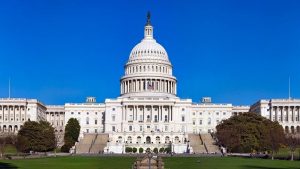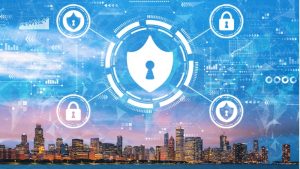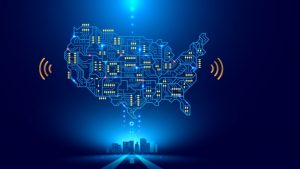The Senate adopted the House-passed version of the National Cybersecurity Preparedness Consortium (NCPC) Act by unanimous consent, sending the bill to the President’s desk for his signature.
Over the past several months, the United States has experienced many cyberattacks to large cities and small towns. These attacks, Secretary of the Department of Homeland Security (DHS) Alejandro Mayorkas told mayors across the country indicate that cities across the United States need to identify a cyber leader regardless of the size and sophistication of the infrastructure to remain vigilant about cybersecurity.
With K-12 educational institutions increasingly targeted by ransomware and other cyber attacks during the coronavirus pandemic, the Government Accountability Office (GAO) is pushing the Department of Education to update its plans – which currently date from 2010 – for addressing cyber risks faced by schools.
After more than two months of angling and dealmaking, the House of Representatives voted to approve the $1 trillion Infrastructure Investment and Jobs Act – also known as the Bipartisan Infrastructure Framework – on November 5, sending the bill along with its $2 billion in cyber funding and $65 billion in broadband appropriations to President Biden’s desk for final approval.
On Oct. 8, President Joe Biden signed the bipartisan K-12 Cybersecurity Act of 2021 into law to provide school districts with resources to combat and protect themselves against cyberattacks.
State and local government (SLG) leaders are struggling to get a good night’s sleep amid growing cybersecurity fears, according to a new report from MeriTalk.
The House of Representatives on July 20 voted to approve the State and Local Cybersecurity Improvement Act as part of a slate of cyber bills that passed under suspension of normal rules. The bill would create a $500 million-per-year grant program run by the Department of Homeland Security to help state and local governments improve their cybersecurity.
The House Appropriations Committee released a draft of the fiscal year (FY) 2022 Financial Services and General Government funding bill, to be considered by a subcommittee on June 25.
Sharing data in the cloud provides educators and students the ability to work and study wherever they are. Still, it also comes with some key security considerations, especially when creating your cloud strategy.









